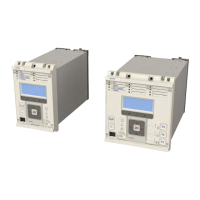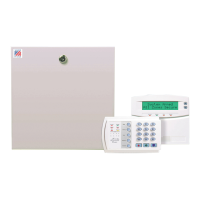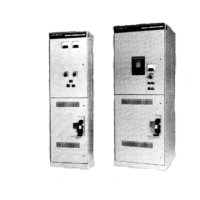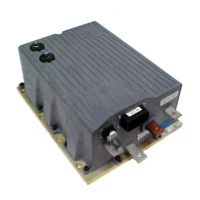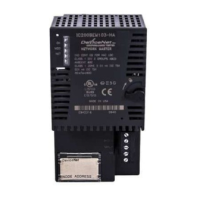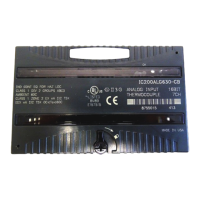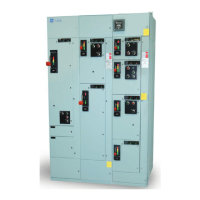2.5.1.5 INHIBITION OF THE THERMAL TRIP DURING STARTING
It may be necessary to disable the thermal overload curve when starting motors which have extreme starting
conditions, such as v
ery long start times or very high start current values. With this feature enabled, if the
calculated thermal state reaches 90% before the end of the starting period, this value is retained at 90% for the
remaining starting period. At the end of the starting period the inhibit is removed.
Note:
This function does not affect the operation of the Thermal Alarm feature.
2.5.1.6 EMERGENCY RESTART
Where a motor forms part of an essential process, it is sometimes desirable for it to continue operation, even
under sev
ere overload conditions. This means the motor being subjected to temperatures in excess of its design
limits. Even though this may decrease the life of the motor, or even under extreme circumstances, burn the motor
out, this may be justified for the application.
2.5.1.7 THERMAL ALARM
The Thermal Alarm threshold is expressed as a percentage of the thermal state of the machine and is used to give
an alarm when the thermal state r
eaches a predetermined value. There is no definitive setting for the thermal
alarm threshold since it is application dependent. However, a typical setting would be 90%.
2.5.1.8 LOCKOUT THRESHOLD
This facility can be used to inhibit a hot restart until the motor has cooled to the L
ockout Thresh. This setting is
expressed as a percentage of the thermal state of the motor. A contact is designed to open when the thermal
state of the machine reaches this setting and close again when the thermal state drops below this setting. This
contact would therefore be wired into the starting circuitry to provide the inhibit.
There is no definitive setting for the lockout threshold since it is based on the motors capability to withstand a hot
restart. However, it is typically set to the minimum value of 20%Ith.
P24xM Chapter 6 - Current Protection Functions
P24xM-TM-EN-2.1 83
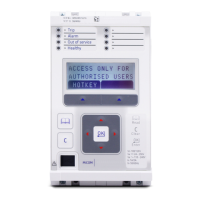
